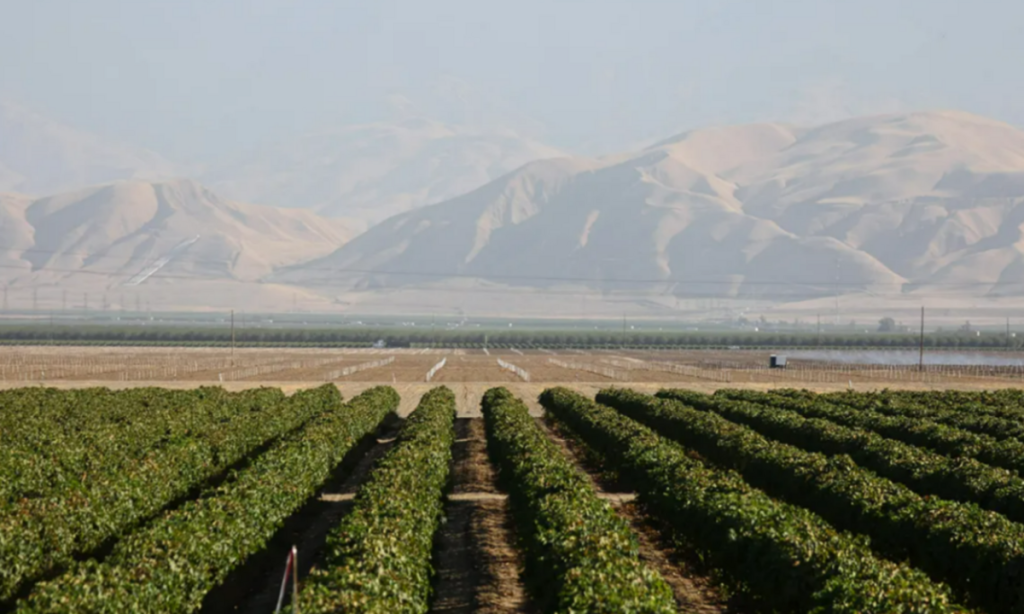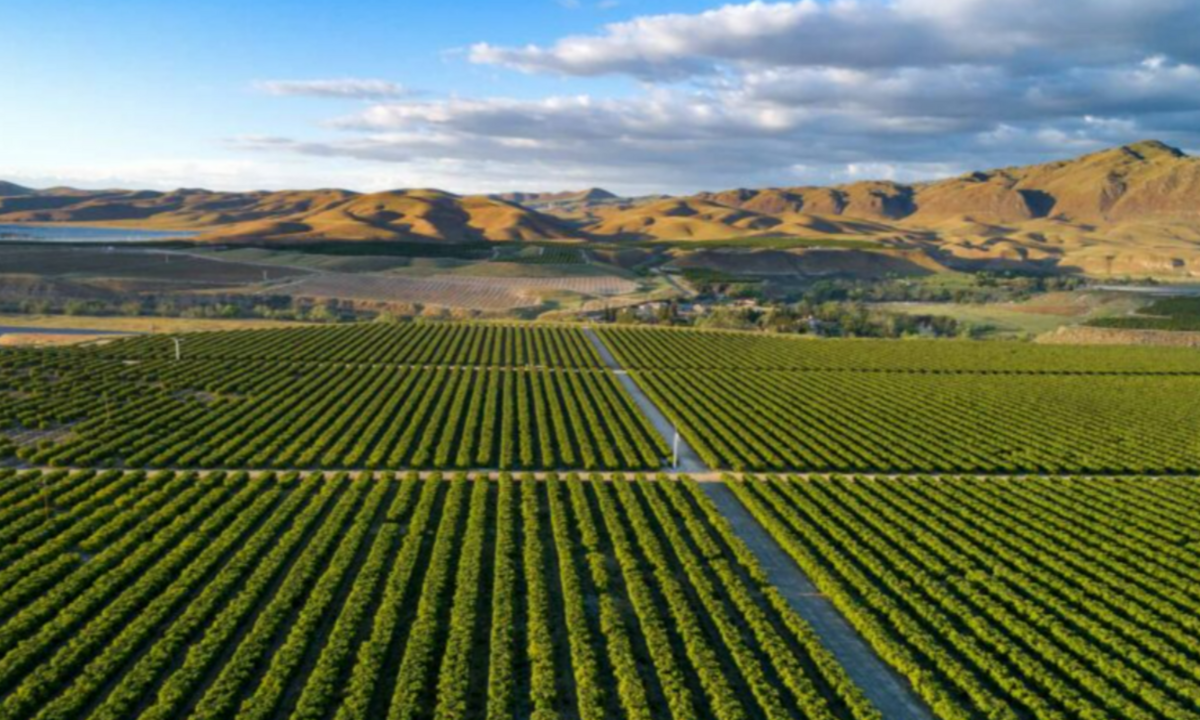In recent years, Bakersfield, located in California’s Central Valley, has faced significant drought conditions. Despite these challenges, the region’s agricultural sector has demonstrated remarkable resilience, achieving notable success in exports.
Impact of Drought on Agriculture
The persistent drought has raised concerns among farmers and agricultural experts. Dry conditions have led to increased costs for cattle feed and fertilizers, making supplies harder to find. Consequently, some farmers have reduced their dairy operations or shifted towards raising beef cattle instead of dairy cows.
Additionally, the lack of rainfall has left fields so dry that crops are dying before they can be harvested. In some areas, the expense of purchasing additional water has led farmers to pull crops early to minimize losses.
Adaptation and Resilience Strategies
Despite these adversities, Bakersfield’s agricultural community has adopted several strategies to maintain and even boost exports:
Crop Diversification: Farmers are shifting from traditional crops like cotton to more profitable and less water-dependent crops. For instance, there has been a significant increase in almond cultivation, which, despite being water-intensive, offers higher returns. Almonds have become California’s most valuable export crop, with farmers exporting $4.5 billion worth to foreign countries in 2016.
Technological Advancements: The adoption of mechanization in farming practices has reduced labor costs and increased efficiency. For example, the use of tree shakers in almond harvesting has minimized the reliance on manual labor.
Efficient Water Management: Farmers are investing in more efficient irrigation systems and exploring alternative water sources to mitigate the impact of water scarcity. This includes the use of groundwater and the implementation of water-saving technologies.
Economic Impact
These adaptive measures have yielded positive economic outcomes:
Increased Export Value: The shift towards high-value crops like almonds has significantly boosted the region’s export revenues. Almonds alone accounted for $4.9 billion of California’s agricultural output in 2019.
Job Creation: The growth in the almond industry has led to the creation of numerous jobs. A 2014 report found that the industry directly employed 21,000 people and indirectly supported an additional 83,000 jobs statewide.
Challenges Ahead
While Bakersfield’s agricultural sector has shown resilience, challenges remain:
Sustainability of Water Use: The increased reliance on groundwater and the cultivation of water-intensive crops raise concerns about the long-term sustainability of water resources. The Sustainable Groundwater Management Act (SGMA), enacted in 2014, requires local water users to develop and implement plans to bring groundwater use to sustainable levels by the 2040s.
Market Volatility: Global market fluctuations and trade policies can impact export demand and prices. For instance, as part of the 2018 China-United States trade war, China imposed a 50% tariff on almonds, leading some Chinese businesses to source almonds from other producers.
Future Outlook
To ensure continued success, Bakersfield’s agricultural community is focusing on:
Sustainable Practices: Implementing water-saving technologies and exploring drought-resistant crop varieties to reduce water consumption.
Market Diversification: Expanding into new international markets to mitigate the risks associated with dependence on a few major buyers.
Policy Advocacy: Engaging with policymakers to develop supportive trade policies and secure funding for water infrastructure projects.
By embracing these strategies, Bakersfield aims to maintain its position as a leading agricultural exporter, even in the face of environmental challenges.
Disclaimer—Our team has checked this article to ensure its accuracy and eliminate any misinformation. We are committed to providing clear and reliable information for our readers.


